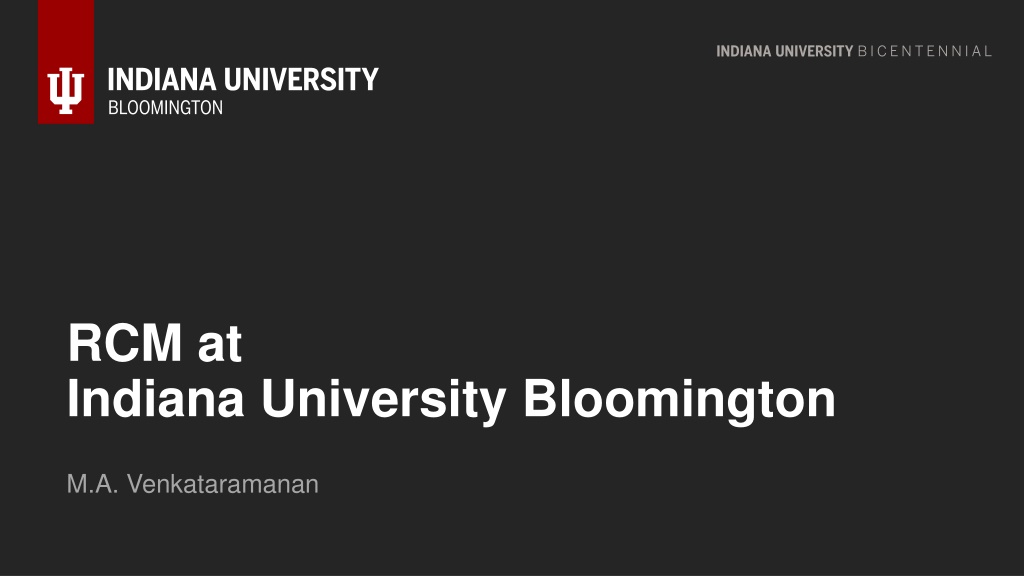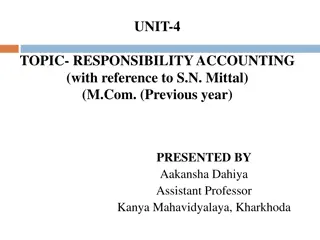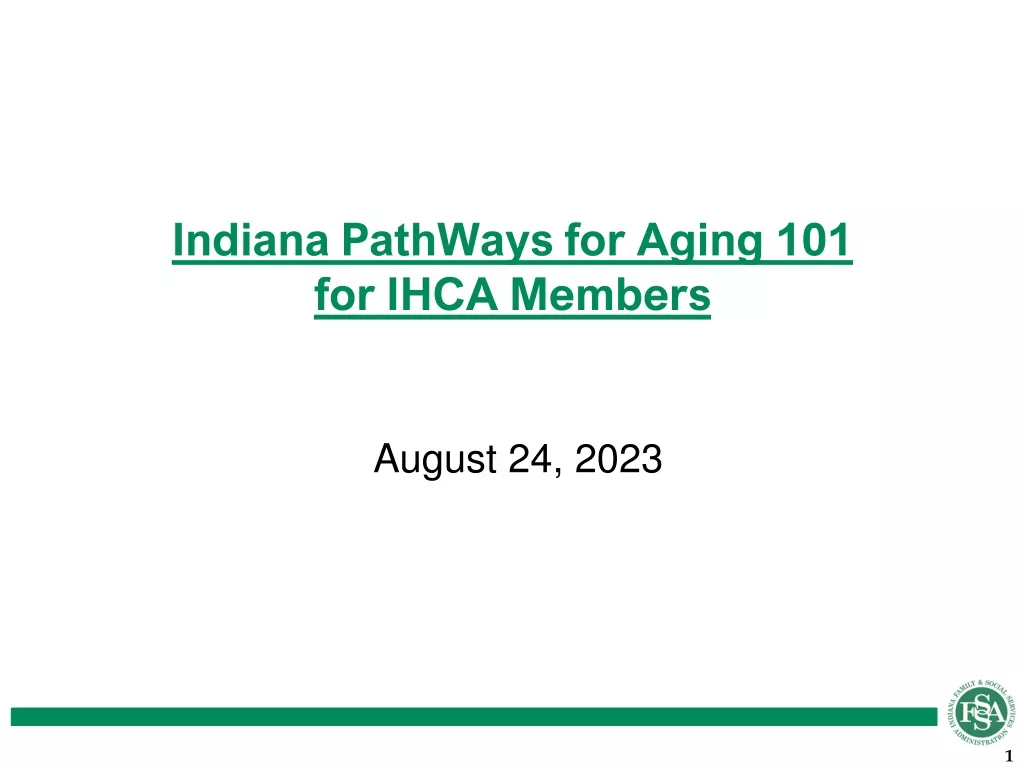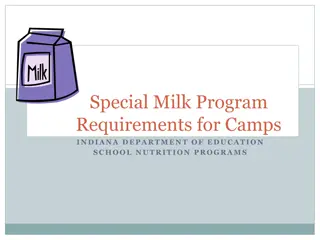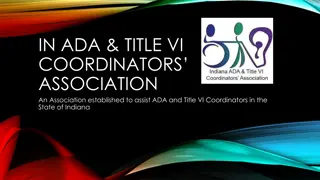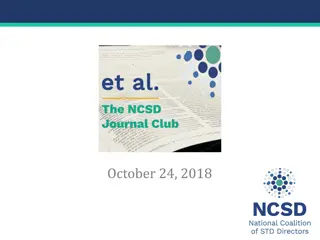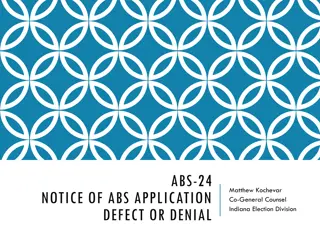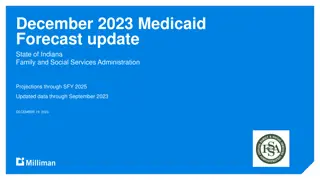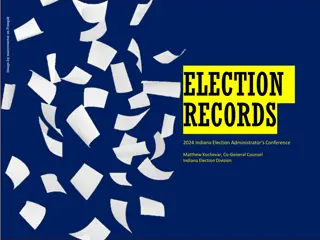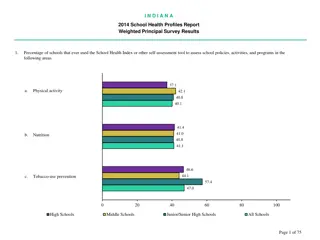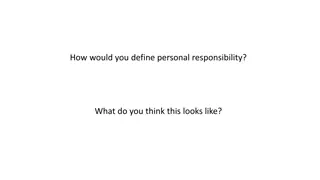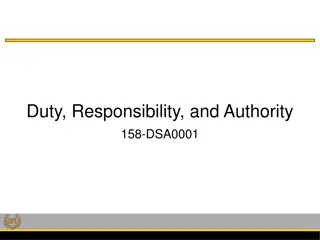Overview of Responsibility Center Management (RCM) at Indiana University Bloomington
Indiana University Bloomington implements the Responsibility Center Management (RCM) model for resource allocation, focusing on tuition revenue distribution, assessing central expenses, advantages and disadvantages of RCM, major revenue sources allocation, and central expenses allocation. RCM emphasizes academic decision-making, transparency, and accountability, with a pool of funds for common campus needs.
Download Presentation

Please find below an Image/Link to download the presentation.
The content on the website is provided AS IS for your information and personal use only. It may not be sold, licensed, or shared on other websites without obtaining consent from the author. Download presentation by click this link. If you encounter any issues during the download, it is possible that the publisher has removed the file from their server.
E N D
Presentation Transcript
RCM at Indiana University Bloomington M.A. Venkataramanan
RCM at Indiana University RCM introduction at IUB Overview philosophy and guiding principles Advantages & Disadvantages Allocation of major revenue sources Assessments: Allocation of central expenses Recent refinements
RCM Introduction 29 year legacy at IU Nationally more universities are adopting, especially after great recession Academics guide decision-making RCM is a tool for allocating resources, and not an academic solution INDIANA UNIVERSITY BLOOMINGTON
Overview philosophy and guiding principles Bulk of tuition revenues go to the academic units Facility, operations, and central administrative costs are assessed or taxed by campus and university A pool of funds is collected to meet common campus needs INDIANA UNIVERSITY BLOOMINGTON
Advantages of RCM Decisions are made closer to activity Rewards innovation Combines fiscal authority and responsibility Increases transparency Improves predictability INDIANA UNIVERSITY BLOOMINGTON
Disadvantages of RCM Tragedy of the commons Funding for campus strategic investments Multidisciplinary initiatives, when one unit is fiscally disadvantaged Perception that budget model limits choice (but budget model is only a tool) INDIANA UNIVERSITY BLOOMINGTON
Allocation of major revenue sources Tuition and Fees Undergraduate financial aid and common pool funds off top; rest distributed based on agreed upon per credit hour rate Graduate directly to schools State Appropriations distributed to schools External grants and contracts to PIs, less ICR Advancement donor intent INDIANA UNIVERSITY BLOOMINGTON
Allocation of central expenses Provost Fund funds taken off the top for common good priorities (multi-school initiatives) Through budget hearings, returned to schools for campus priorities (diversity, student services, etc.) Campus facilities and central support services taxed as campus assessment Drivers: ASF, FTE, and Credit Hours University services (e.g., information technology) taxed by university administration INDIANA UNIVERSITY BLOOMINGTON
Recent refinements Increased transparency Increased predictability (always trumps accuracy of allocating expenses) Increased funds for common good priorities INDIANA UNIVERSITY BLOOMINGTON
